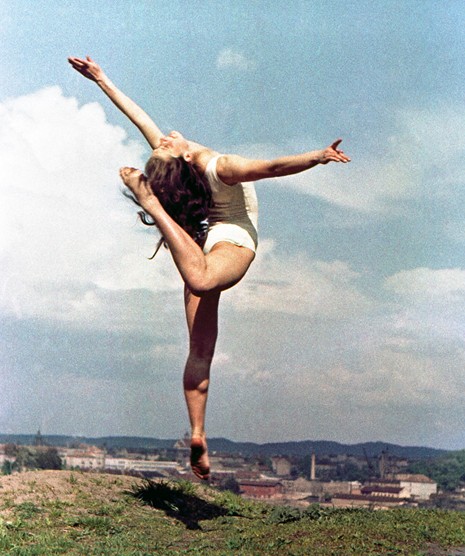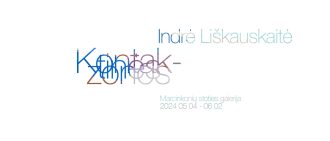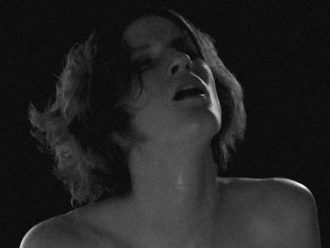 The career of Adauktas Marcinkevičius (1936-1960) coincided with the process of the ‘thaw’ in the Soviet Union, which gave people a hope of breathing more freely and dreaming of wider horizons. Literature, art and theatre began to develop, while photography, which was stuck in propaganda journalism, went nowhere. Having started work as a photojournalist, the 20-year-old Marcinkevičius found himself in a field where it was still being discussed ‘what this photographic art was all about’, and stepped into a wide and uncharted territory of creative work.
The career of Adauktas Marcinkevičius (1936-1960) coincided with the process of the ‘thaw’ in the Soviet Union, which gave people a hope of breathing more freely and dreaming of wider horizons. Literature, art and theatre began to develop, while photography, which was stuck in propaganda journalism, went nowhere. Having started work as a photojournalist, the 20-year-old Marcinkevičius found himself in a field where it was still being discussed ‘what this photographic art was all about’, and stepped into a wide and uncharted territory of creative work.
His gaze was directed at urgent issues of the day, and his visual language was characterised by his expressivity, an abundance of social details, and sensitivity to daily life. The political situation was favourable to him and other artists. They could speak louder, no longer in whispers, and they could write more openly, and photograph not only ‘the ideological truth’, but also other themes. Thus, without wasting any time, Marcinkevičius directed his lens at prominent personalities of the time. Deciding to create a gallery of portraits of artists, he photographed approximately a hundred artists, musicians and writers in two years. However, he was drawn more to artistic expression, and, moving away from purely documentary photography, he immersed himself in poetic imagery. In his attempt to escape from Socialist Realism, which prevailed at the time, he did not look for innovative ideas, but returned to tried-and-tested solutions, and raised the same questions that had been asked by pioneers of photographic art in the early 20th century, about the meaning of the image, the status and aesthetics of photographic art, and the photographer’s calling. Above all, Marcinkevičius favoured pictorial expression: impressions, feelings, associations, soft and gentle textures, and pictorial effects. Another noticeable stylistic trend in his work was Constructivism. In these photographs, he focused on the capaciousness of the photographic form, and looked for angles emphasising the geometric character and simplicity of objects. His works are noted for their youthful flights of fancy, and the wish to experiment with new materials and test established ideas.
Exhibition curator Margarita Matulytė
Exhibition organisers: National Gallery of Art, Kaunas Branch of the Lithuanian Union of Photographic Artists
Sponsors: Lithuanian Culture Council, Exterus
























